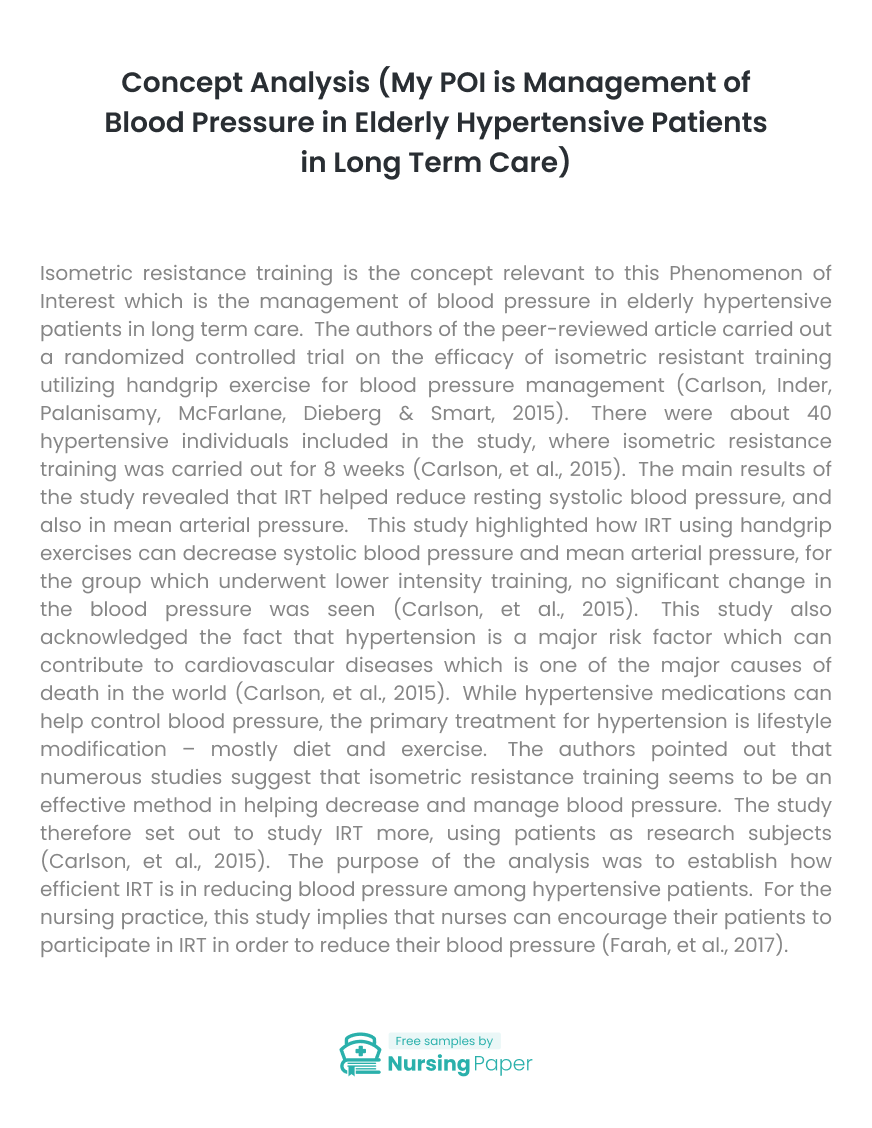1. Ash, G. I., Taylor, B. A., Thompson, P. D., MacDonald, H. V., Lamberti, L., Chen, M. H., … &
2. Deshpande, V. (2017). The antihypertensive effects of aerobic versus isometric handgrip resistance exercise. Journal of hypertension, 35(2), 291-299.
3. Carlson, D. J., Inder, J., Palanisamy, S. K., McFarlane, J. R., Dieberg, G., & Smart, N. A. (2016). The efficacy of isometric resistance training utilizing handgrip exercise for blood pressure management: A randomized trial. Medicine, 95(52).
4. Farah, B. Q., Germano-Soares, A. H., Rodrigues, S. L. C., Santos, C. X., Barbosa, S. S., Vianna,
5. L. C., … & Ritti-Dias, R. M. (2017). Acute and Chronic Effects of Isometric Handgrip Exercise on Cardiovascular Variables in Hypertensive Patients: A Systematic Review. Sports, 5(3), 55.
6. McGowan, C. L., Proctor, D. N., Swaine, I., Brook, R. D., Jackson, E. A., & Levy, P. D. (2017). Isometric handgrip as an adjunct for blood pressure control: a primer for clinicians. Current hypertension reports, 19(6), 51.
7. Pagonas, N., Vlatsas, S., Bauer, F., Seibert, F. S., Zidek, W., Babel, N., … & Westhoff, T. H. (2017). Aerobic versus isometric handgrip exercise in hypertension: a randomized controlled trial. Journal of hypertension, 35(11), 2199-2206.
8. Pearl, M. (2017). Application of Isometric Resistance Training to Treat Hypertension (Doctoral dissertation, University of Windsor (Canada)).
9. Pinto, R. R., Karabulut, M., Poton, R., & Polito, M. D. (2018). Acute resistance exercise with blood flow restriction in elderly hypertensive women: haemodynamic, rating of perceived exertion and blood lactate. Clinical physiology and functional imaging, 38(1), 17-24.
10. Somani, Y. B., Baross, A. W., Brook, R. D., Milne, K. J., McGowan, C. L., & Swaine, I. L. (2018). Acute response to a 2-minute isometric exercise test predicts the blood pressure- lowering efficacy of isometric resistance training in young adults. American journal of hypertension, 31(3), 362-368.

The download will start shortly.



 Subject:
Subject:
 Number of pages: 15
Number of pages: 15